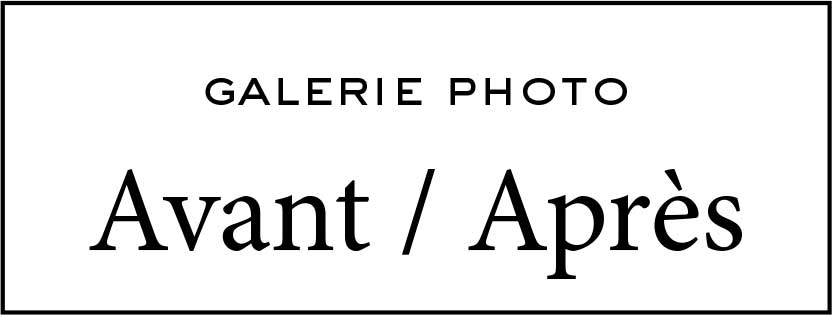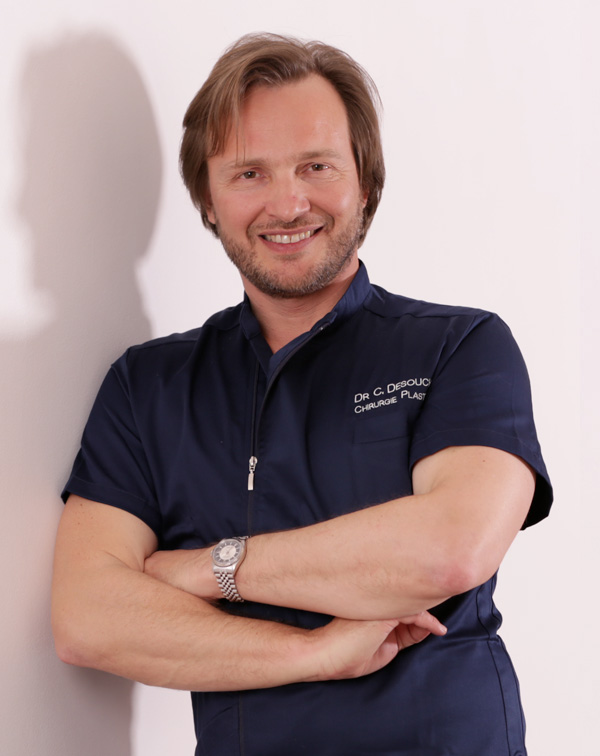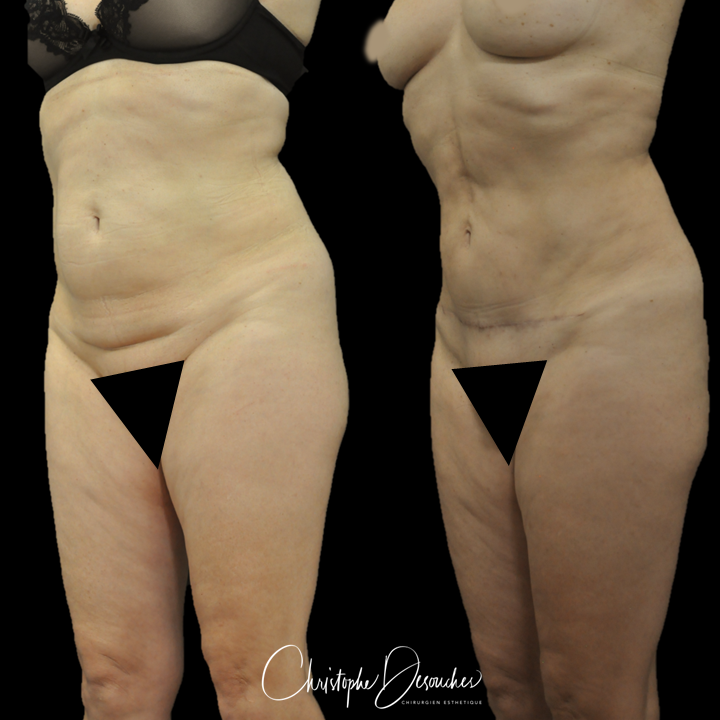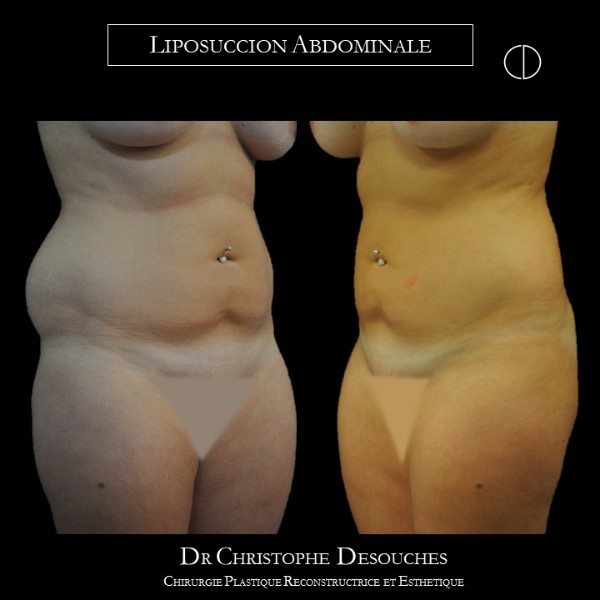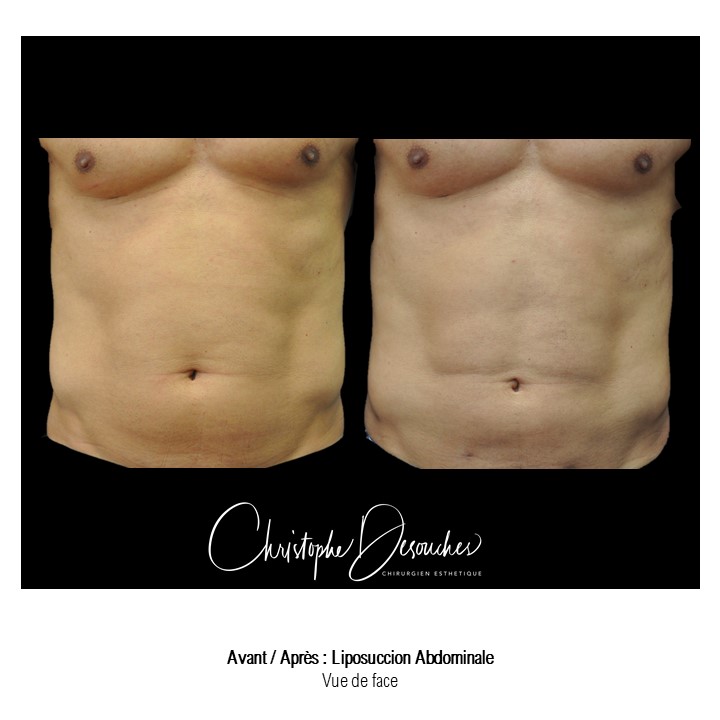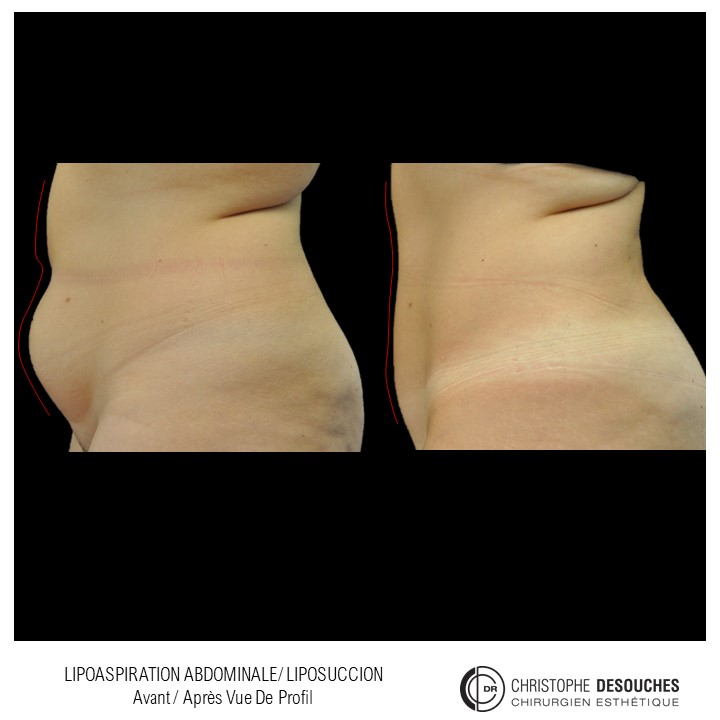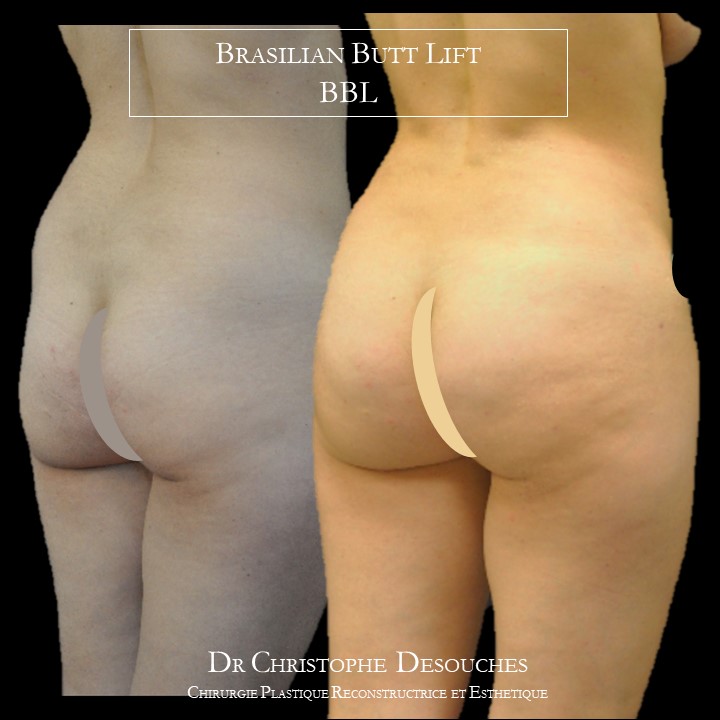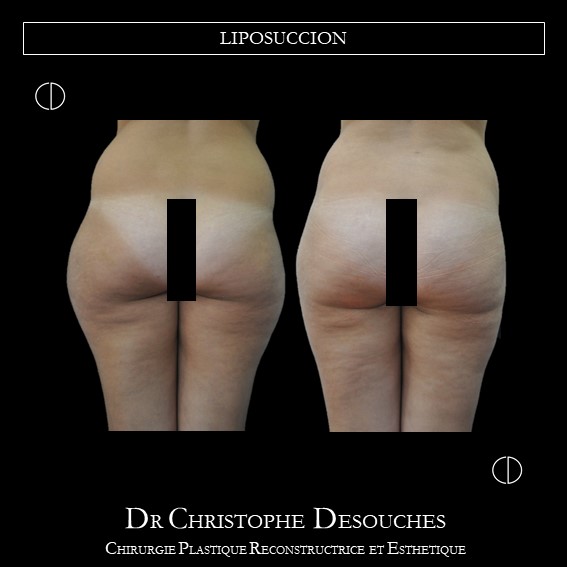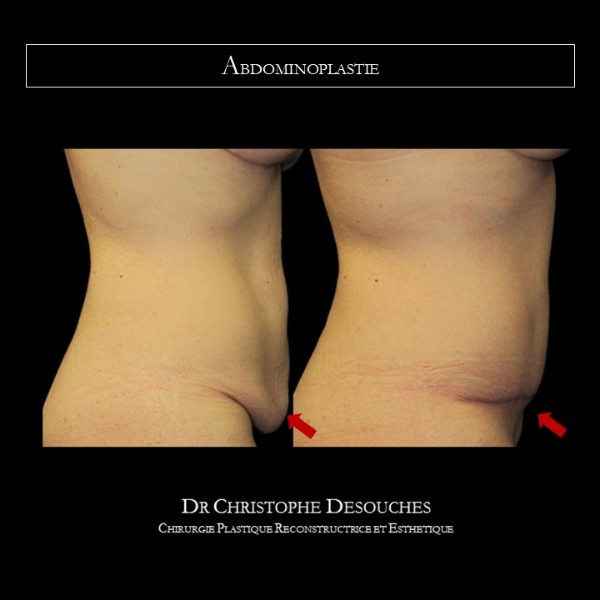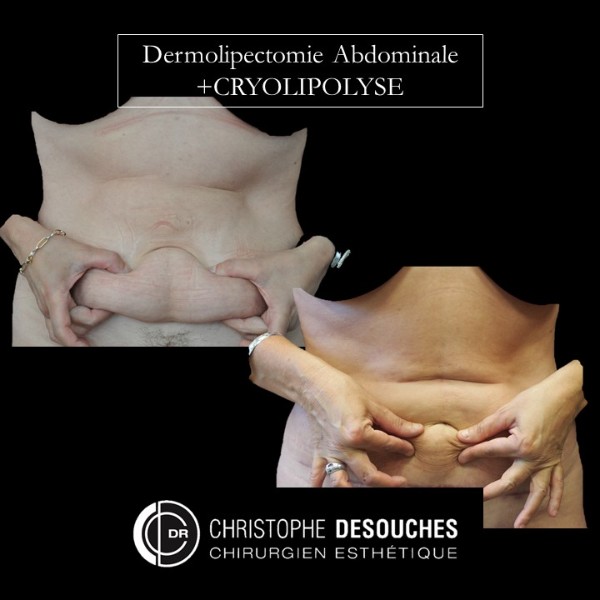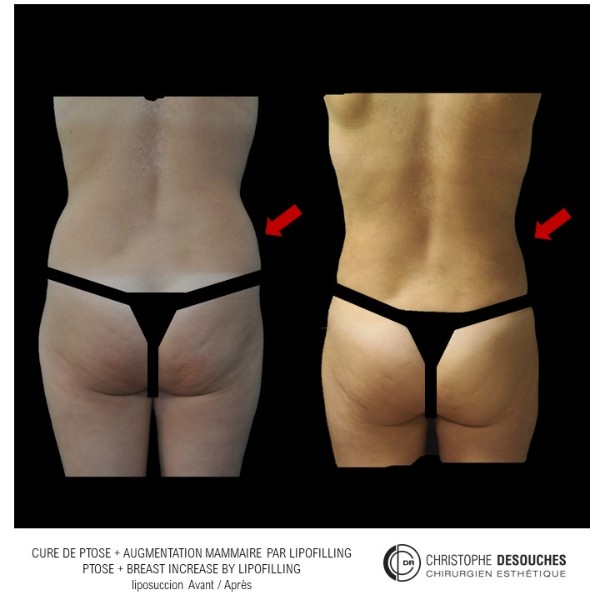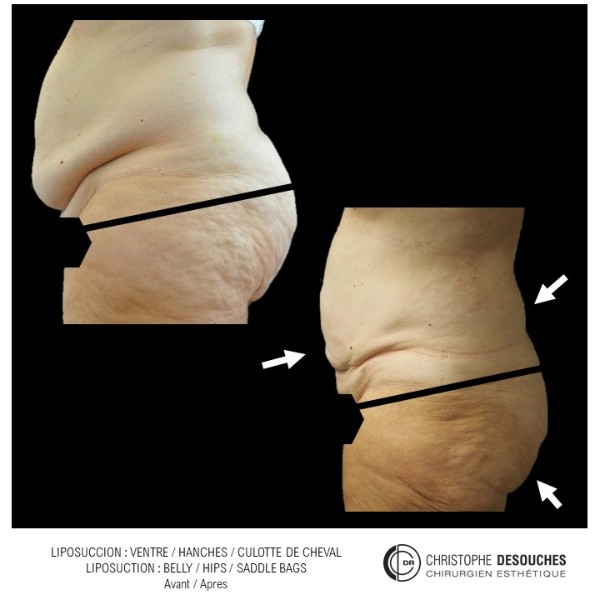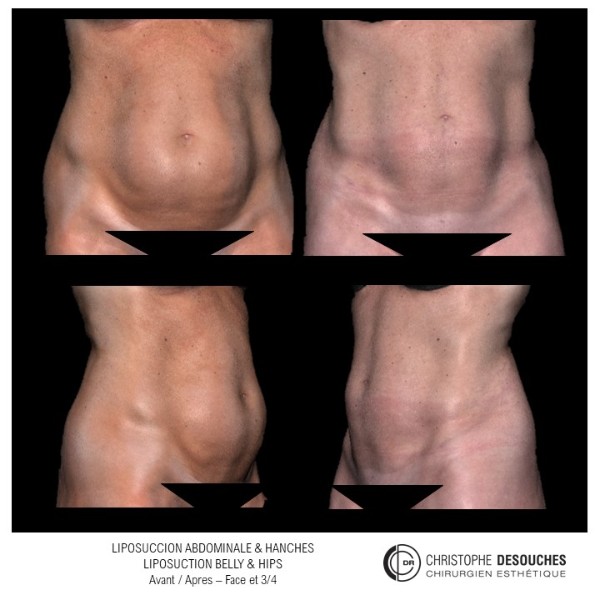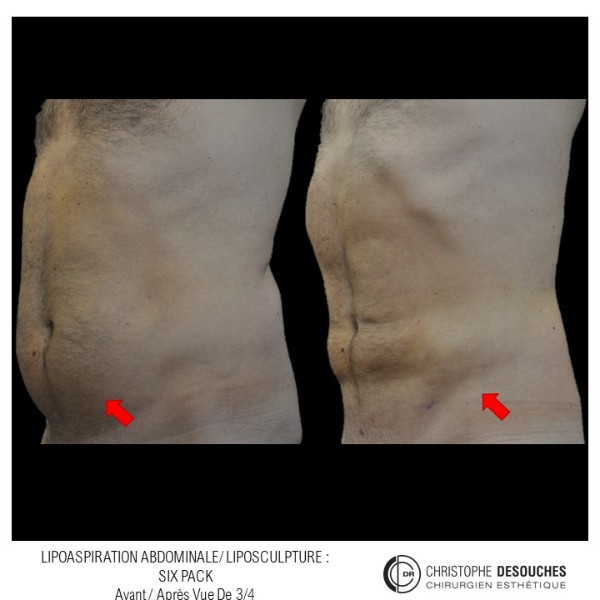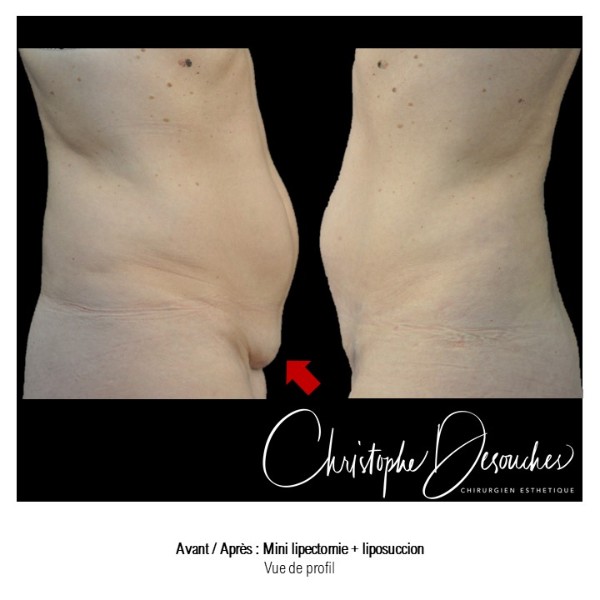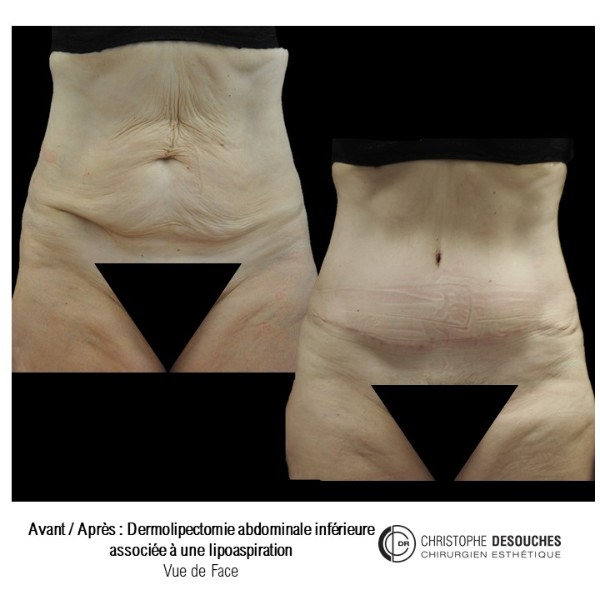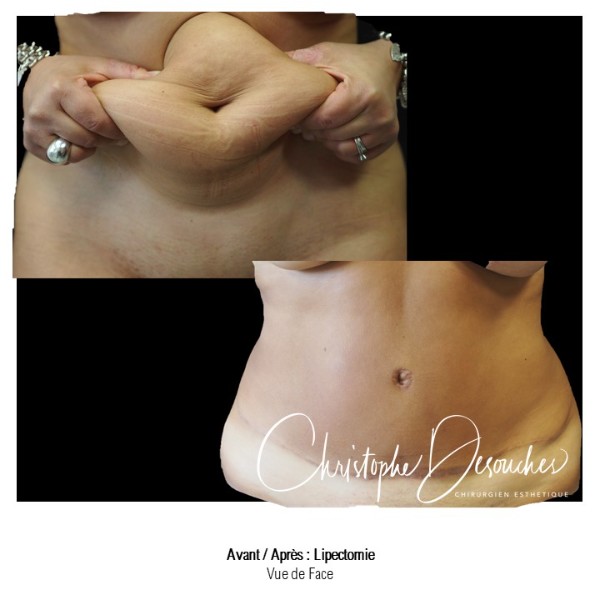Important information
This text provides basic information on the principles and procedure of calf augmentation surgery using a prosthesis. A good understanding of the procedure and the expected results is essential before considering it. It is important to emphasize that the goal of this surgery is to provide improvement, not perfection. If your goals are realistic, the result will satisfy you.
The initial consultation
The initial consultation allows us to assess your state of health, to specify the terms of the intervention and the location of future scars.
You will be asked to stop smoking completely at least one month before the date of surgery.
Before surgery
The anesthesiologist will be consulted less than one month before the procedure. No medication containing aspirin should be taken in the 10 days preceding the procedure. It is imperative to fast (do not eat or drink anything) for 6 hours before the procedure. Before the procedure and for the two days before, an antiseptic soap will be used for showering.
On the day of surgery, you should allow enough time to arrive on time without excessive stress. It's important to arrange for someone to drive you home after your hospital stay and to help you in the first few days following your surgery.
The intervention
The principle is to insert a flexible prosthesis through an incision in front of the calf muscle called the gastrocnemius muscle. The prosthesis is made of a silicone shell and a silicone gel filler. The incision is made horizontally in the popliteal fossa (the fold behind the knee). The procedure is performed under general anesthesia. Outpatient hospitalization is generally sufficient.
After the intervention
You may experience discomfort and fatigue for 2 to 3 days.
The pain is usually relieved by conventional analgesics. Hospitalization is short-lived. The first dressing is made after 24 to 48 hours. If there is drainage, the drain will be removed at this time. The sutures are usually absorbable hidden in the scar and do not need to be removed. A break from your work for a period of one week is usually necessary depending on your physical activity. A 2-month suspension from any sporting activity is recommended. It is important not to expose the scar to the sun for at least 6 months and to protect it with a total screen after this period. The final result is assessed from the 3rd month.
Complications
Any surgical procedure, even when performed competently under maximum safety conditions, carries a risk of complications. There is a risk of reaction to the anesthesia.
It is important to know that anesthetic techniques, the products used, and monitoring methods have made immense progress. They offer optimal safety, especially when the procedure is performed outside of an emergency room and on a healthy person, but they nevertheless carry the risk of serious complications. The occurrence of a hematoma around the prosthesis in the first few days after surgery may lead to a new procedure. The occurrence of an infection is a rare complication. It most often appears in the weeks following surgery. The implant must generally be removed. It will take several months before a new implant can be inserted.
The phenomenon of a fibrous capsule around the implant is a natural reaction of the body to a foreign body. In some cases this phenomenon is exaggerated and leads to a fixed appearance of the prosthesis. The appearance of this shell is unpredictable and may lead to a new intervention. Rupture of the prosthesis may appear after trauma or due to normal wear and tear of the prosthesis. This involves removal and replacement of the prosthesis. A displacement of the prosthesis is possible in the first month. In this case, a short intervention is preferable to reposition it.
Calf augmentation surgery leaves scars. The evolution of these scars is unpredictable and can be unfavorable with the occurrence of pigmentations, hypertrophy (red and inflammatory scar) or even keloids (indurated purplish bead). These scarring complications can compromise the aesthetic appearance of the final result. If a complication appears, close monitoring is necessary and compliance with the instructions is imperative.
Contact Dr. Desouches, cosmetic surgeon in Marseille, for more information on calf enlargement surgery.


